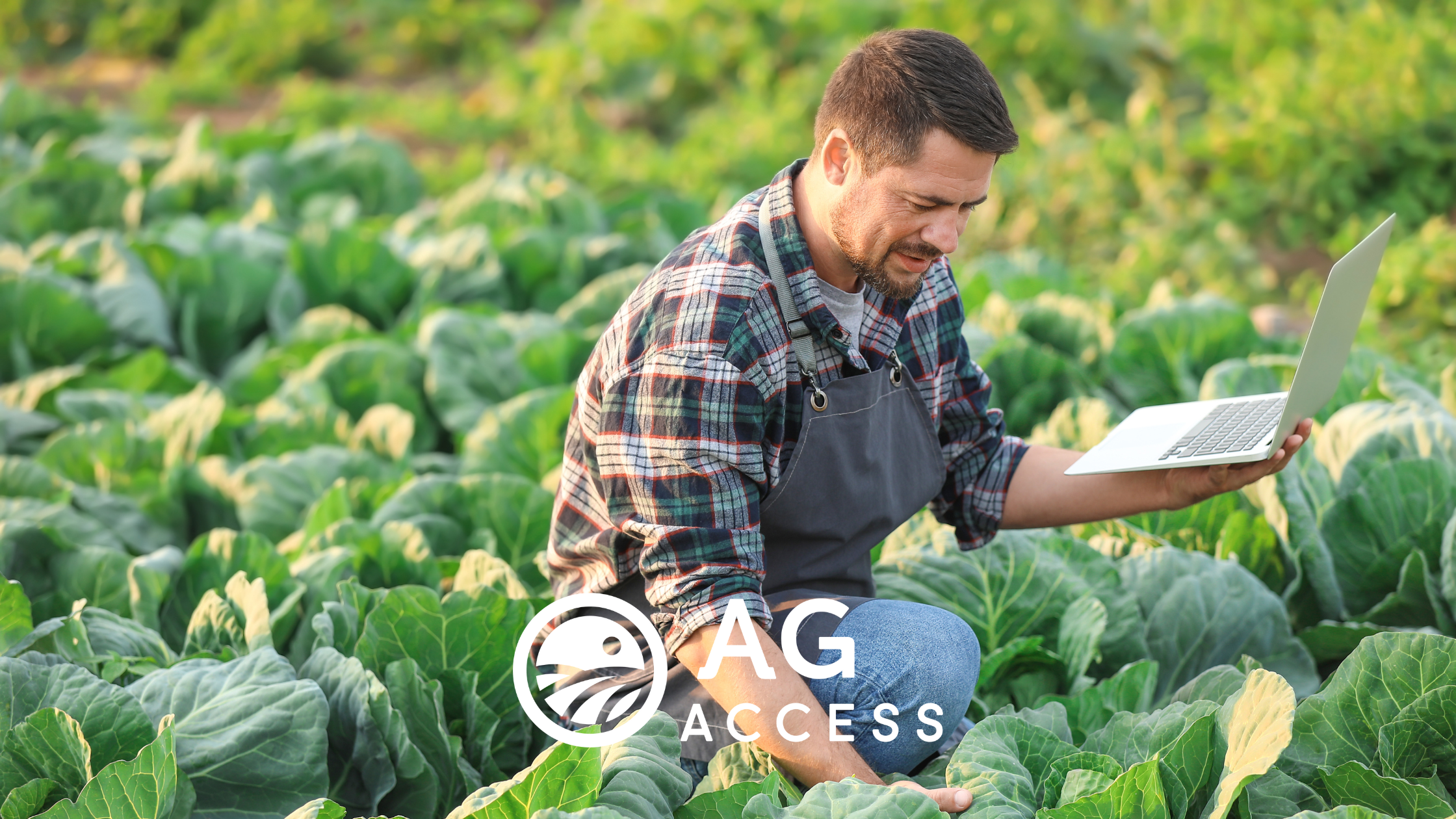
The Best and Worst Times to Conduct Agricultural Market Research
Agriculture is a very cyclical business - planting in the spring, tending over the summer, harvesting in the fall, and planning in the winter. Per the USDA US Crop Calendar, planting starts as early as February and runs as late as June, while harvest can be from July to December. And that’s not even including Fall and Winter crops, or countries in other parts of the world! With such differences in timing, it can be difficult to know where your target audience is at during the year. The USDA has crop calendars for 27 different countries/regions around the world which include the planting and harvest dates to help make it easier, but it’s still a maze.
With such a variety to the workload of farmers, how do you know when is the best time to conduct research with them?

Avoid Planting
Planting is when farmers are setting up their crop for the season and it needs to happen quickly and efficiently. This ensures that crops across the farm are planted at the same time and can be treated equally over time.
Planting occurs differently for different crops and in different places. The crop calendar covers the US as a whole, but different states will have different timings. The USDA Crop Progress report breaks down the progress of planting, emergence, and harvest for each state that grows each crop on a weekly basis. For example, in mid-May 2024, overall planting was at 70%, but North Carolina had completed 98% of corn planting, while Pennsylvania had only 33% completed.
So when should you avoid? April and May are the heaviest planting months for row crops, but June could be difficult as well.
Avoid Harvest
When crops are ready, harvest has to happen promptly. The better the yields, the better the financial outcome. By taking too much time to complete, crops could begin to go bad “on the vine.” This is the most stressful time of year for farmers as it’s when they find out the results of their work. Farming is often not very lucrative as it is very time and money intensive.
Harvest also happens at different times of year depending on the crop and location, but most frequently occurs between August and November, with the heaviest time frame being October. It’s best to structure research fielding to end before September or start after October is over.
What About Specialty Crops?
Most of the blog above is based on dates for row crops. Specialty crops can be completely different. Vineyards have established crops that do not need to be planted each year, so they do not have a typical planting season, therefore, their harvest is going to be more difficult and intensive. Further, not all vineyards will harvest at the same time - a vineyard in Napa Valley will likely harvest at a different time than one in the Georgia mountains. The same can be said for citrus groves, avocados, and tree nuts.
What if I Need to Do Research During These Times?
Good news - you still can! You just need to adjust your expectations for timing and cost. Field times during these busy seasons will likely be longer as it’s harder to find people to participate in the research. Incentives will likely also need to be higher for farmers to feel that it's worth taking the time and energy to complete when they’re focused and occupied with their busy seasons.
Also note that while we are recommending to avoid fieldwork during these times, we are not recommending that the research timeline occur entirely outside of planting or harvest. The purpose in avoiding fieldwork is to reduce the burden on growers. Having your design phase or reporting phase fall during this time does not impact the farmers and allows projects to still happen near these times of year - especially important when crops have short mid-seasons!
Non-Farmer Agricultural Research
Non-farmers are less affected, but not unaffected by the changing of the seasons. Machinery mechanics may experience their busy season during the winter when farmers are doing a lot of maintenance on their tractors and other machines. They may be on call during planting and harvest though for emergency calls from farmers. Retailers will experience an uptick in business just before planting as growers prepare. While usually experiencing a drop during planting, business picks back up right after as the farmers move into a new set of tasks.
So When DO You Do Research?
Research is best conducted during the mid-season and between the fall harvest and planting in the spring. It's still important to take note of the specific dates of your target audience's crops and holidays in the country that you're researching. December has a dip in responses no matter what the industry, so keep that in mind, even if it doesn't have the same implications in agriculture as planting and harvest do.
How Can Ag Access Help?
Ag Access sends out our biweekly Insights Harvest straight to subscribers inboxes with highlights on agriculture, market research, and their intersection. From April through November, we report on the USDA Crop Progress report, following the planting, emergence, and harvest of the various crops in the report along with breakdowns by state. Subscribe to get our insights and the full report.
We are also happy to meet with you to figure out what the planting and harvest times are for your specific crops and locations. Our Insights Director, Mike Mostransky, will talk with you about your research objectives, target audience, and deadlines to create a Research Logistics Plan that will bring you closer to your goals. Contact us to set up a meeting today.
Need to conduct global research? Facing language barriers? Read our case study, On-the-Ground: Removing Multilingual Challenges for Ag Equipment, to see how Ag Access navigated 8 countries and 6 languages to complete 2,000 interviews seamlessly.


.png?width=352&name=2025%20Prospective%20Plantings%20(April%202025).png)
